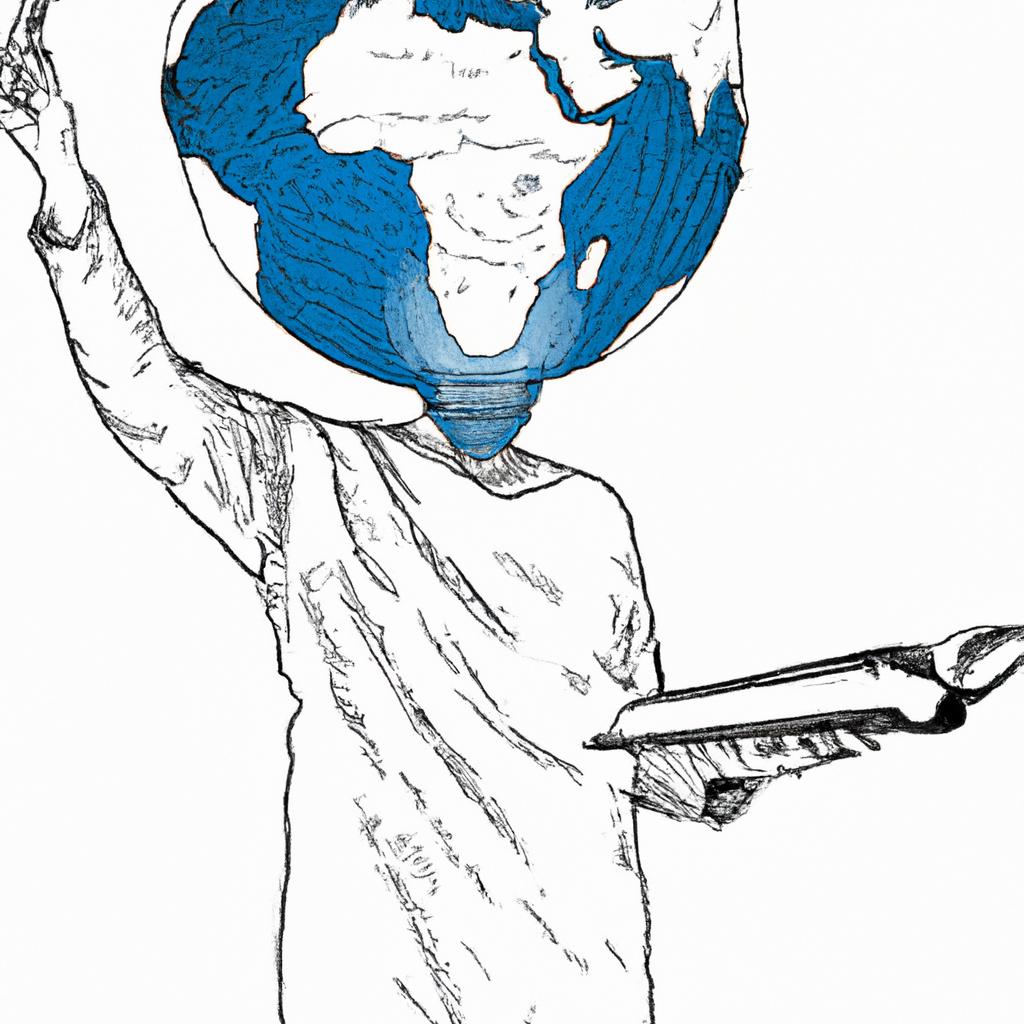Why Use ChatGPT for Translation?
Although ChatGPT is not purpose-built for translation, the AI chatbot is rapidly emerging as a reliable translation tool. Using ChatGPT for translations is now common practice, but why? Trained on a large corpus of text in dozens of languages and deployed on a conversational interface, ChatGPT offers unparalleled flexibility in translation, significantly more than traditional translation tools can offer.
Google Translate, Microsoft Translator, and DeepL are some of the most popular translation services on the internet. There are also dozens more out there, all offering impressive accuracy, free access, and covering dozens of languages. So why choose ChatGPT? What makes ChatGPT a good translation tool?
Well, unlike almost all the popular translation tools, ChatGPT’s interactive nature makes it a standout translation tool. With other translation tools, you provide a text, you get a translation, and that’s it. Whether it is the best translation you can get doesn’t matter—you’re stuck with it. With ChatGPT, you can customize translations to suit your specific needs and provide feedback on adjustments you’d love to see. For example, you can adjust the tone and style and take into account some cultural connotations and regional differences in the meaning of words, something purpose-built translation tools like Google Translate cannot do.
How To Use ChatGPT For Translations
Translating with ChatGPT is easy. All you need to do is provide the text you want to translate, specify the language you want to translate it to, and ChatGPT will handle the rest.
- Provide Context: One of the key advantages of ChatGPT over popular translation tools like Google Translate is its ability to accurately consider the context of a text when generating translations. Considering context can be the difference between simply translating individual words in a sentence and generating a translation that truly reflects the author’s or speaker’s intention.
- Declare the Type of Text: Another important factor that can increase the accuracy of your translation is outright declaring the kind of text you’re trying to translate. For example, is it an idiom, a song, a financial document, or an ordinary text? Simply letting ChatGPT know what you’re trying to translate gives the chatbot an edge toward providing more accurate translations. The prompts above or similar ones help ChatGPT use relevant or industry-specific context when generating a translation. Although ChatGPT sometimes recognizes the right niche words to use for translation, you’ll have to explicitly prompt it to do so using type declaration in some cases.
- Use Style Transfer: Sometimes, when translating text, the translation might be too technical or simply inappropriate for the target audience. Using style transfer in ChatGPT can help adjust the tone and style of a translation to match the target audience or industry. So, if you’re translating a legal document, the translation could retain the author’s original meaning while using more layman’s wording. In the example below, I translated a soccer commentary from Spanish to English, first without style transfer and then using style transfer. To use style transfer when translating, use prompts like – Translate [text to translate] to [target language] in layman’s terms. Translate [text to translate] to [target language] for a [grade 5] audience Translate [text to translate] to [target language]. Use style transfer to make the translated text suitable for a [target audience].
- Account for Regional Differences: Some words may have different meanings or connotations depending on the region or country of the speaker. For instance, the English sentence “I’m going to play football” could translate to “我要去踢足球 (Wǒ yào qù tī zúqiú)” in Chinese. While this seems like a perfect translation, if the speaker was American, the translation could be wrong. By saying “football,” an American speaker would likely be referring to the rugby-style sport called American football instead of the football known by the rest of the world. Regular translation tools have no way to account for this potential misinterpretation. ChatGPT, on the other hand, can provide varying translations depending on the speaker’s origin. We prompted ChatGPT to translate “I’m going to play football” into Chinese. As expected, it produced “我要去踢足球 (Wǒ yào qù tī zúqiú).” In Chinese, “zúqiú” means “football,” which refers to soccer rather than the rugby-style sport.
Improving chatbot translations with targeted prompts
We repeated the translation prompt but added hints about the speaker’s origin and possible intent. ChatGPT changed the translation to “我要去踢橄榄球 (Wǒ yào qù tī gǎnlǎnqiú),” this time using “gǎnlǎnqiú” which is the Chinese term for American football and better reflects the potential intent of the speaker.
Providing the word-translation pairs below made ChatGPT update its translation of the words in subsequent translations. You can also make ChatGPT translations more precise by providing a few large texts and their verified translations. You can then prompt ChatGPT to deduce the correct translation of words and phrases from the given samples and apply it when translating text involving a similar language pair. While you can use considerably longer texts to fine-tune ChatGPT translations, here is a brief illustration of how it functions using a small paragraph. We observed enhanced translation with every prompt without taking any more steps.
Do Not Rely Exclusively on ChatGPT For Translations
While ChatGPT is an impressive translation tool, it is essential to remember that it remains a machine and may not always yield the best translation. So do not depend solely on it, particularly for crucial or delicate documents. Instead, try a mix of tools, and whenever possible, consider using a professional translator to proofread for accuracy.
comments: 0


